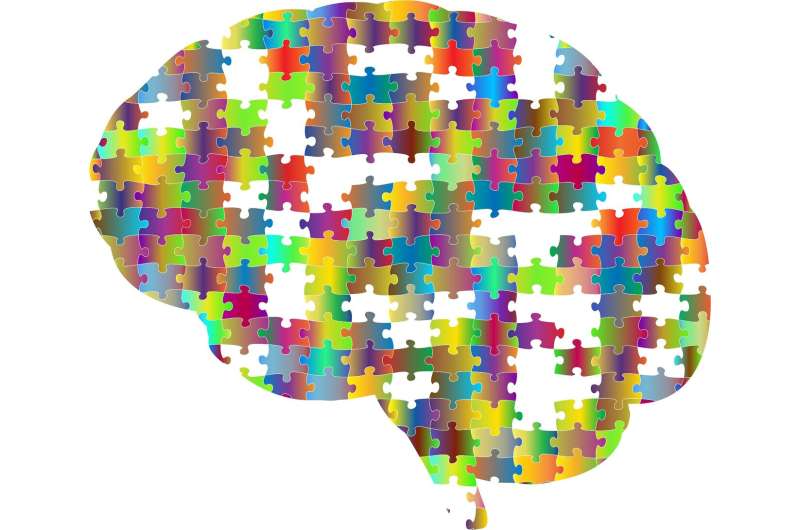Enhancing Earthquake Preparedness: Insights from Indoor Injury Studies to Save Lives

Researchers analyze indoor injuries during earthquakes to develop effective safety strategies and retrofit at-risk buildings, aiming to reduce casualties in future seismic events.
Recent research efforts are focusing on understanding how injuries occur inside buildings during earthquakes, aiming to improve safety measures and increase survival chances. The devastating earthquake in Antakya, Türkiye, in 2023, with a magnitude of 7.8, compelled scientists to analyze the event's impact on human injuries within structures. This earthquake caused immense destruction, with tens of thousands of fatalities and millions displaced, notably destroying numerous pre-1970s concrete buildings.
Dr. Luis Ceferino, an assistant professor of civil and environmental engineering at the University of California, Berkeley, leads a team investigating these insights to develop better models for predicting casualties and enhancing building resilience. In their recent fieldwork in Antakya, the team interviewed earthquake survivors, gathering valuable data on how they responded and how injuries happened during the quake.
The research highlights that human behavior plays a significant role in injury patterns. Contrary to the traditional 'drop, cover, and hold on' advice, many people tend to move towards helping others, such as children or elderly family members, during the chaos. This social response impacts injury risk and points to the need for policies that consider human reactions in emergency preparedness.
Additionally, the studies underscore structural vulnerabilities, especially the risk posed by heavy partition walls commonly used within buildings. These masonry walls often collapse during earthquakes, trapping occupants and blocking exits. Researchers aim to quantify these risks further and refine models to predict structural failures.
Applying insights from Türkiye's earthquake data in California, the team hopes to influence policy changes around retrofitting older concrete buildings, many of which are at risk due to their construction era. Incorporating behavioral and structural data into models can lead to targeted interventions and increased resilience.
Overall, this research emphasizes a multidisciplinary approach—combining engineering, public health, and behavioral sciences—to better prepare for future seismic events. The goal is to develop comprehensive strategies that minimize injuries and save lives in earthquake-prone regions.
Stay Updated with Mia's Feed
Get the latest health & wellness insights delivered straight to your inbox.
Related Articles
Understanding the Threat of Flesh-Eating Bacteria: Why Infections Can Be Life-Threatening and Difficult to Treat
Learn about Vibrio vulnificus, a deadly seawater bacterium that can cause severe infections, and discover how early intervention is crucial for effective treatment and prevention.
Red Meat Consumption Alters Gut Microbiota and Promotes Inflammation in Mice
New research reveals that red meat consumption in mice leads to gut bacteria imbalance and increased inflammation, shedding light on diet-related gut health issues.
Innovative Gene Editing Strategies Aim to Make On-Demand Treatments Standard for Rare Genetic Diseases
Discover how innovative gene editing technologies like base and prime editing are paving the way for on-demand, personalized treatments for rare genetic diseases, exemplified by the groundbreaking case of baby K.J.



